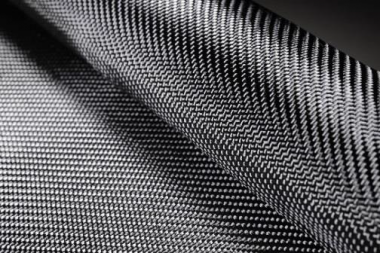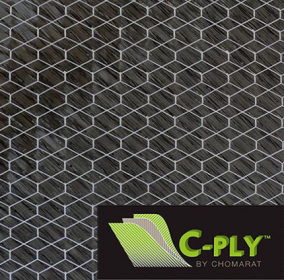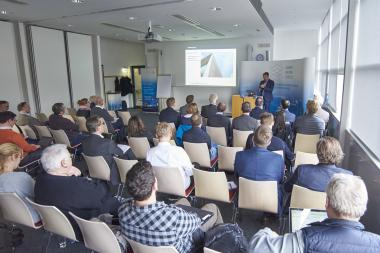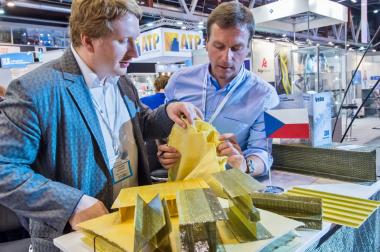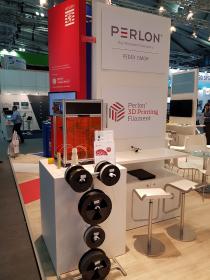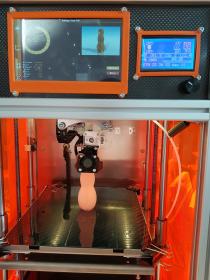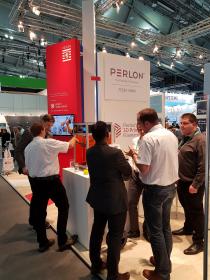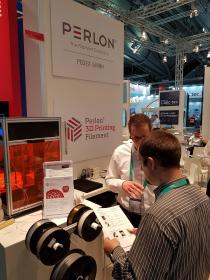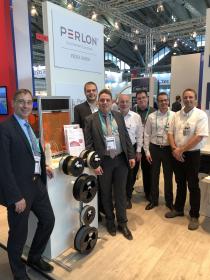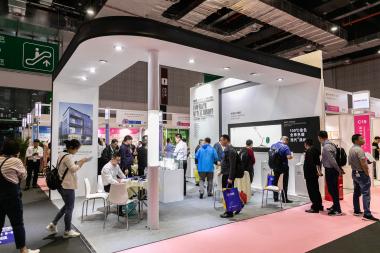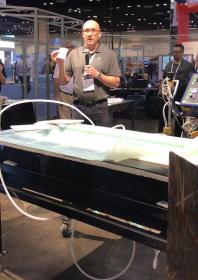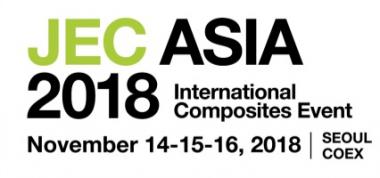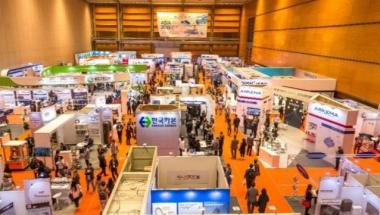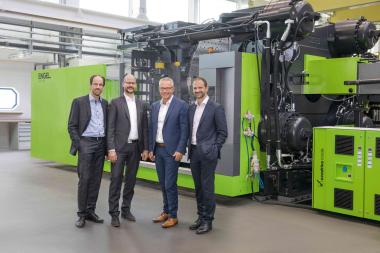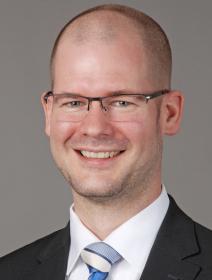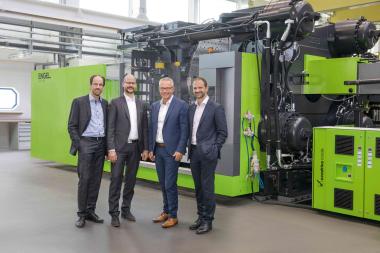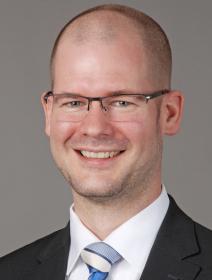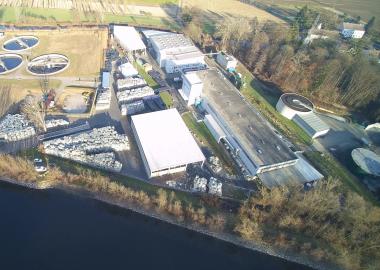Chomarat Carbon Reinforcements at JEC WORLD 2019
Composite reinforcement specialist Chomarat will exhibit its latest woven and multiaxial carbon fibre reinforcements at JEC World 2019. "Prepregs are used in the most demanding markets, such as aerospace or the automotive industry. Due to their high performance, Chomarat’s carbon fabrics are highly considered by prepreggers. Compared to standard solutions, the multiaxial reinforcements developed by the group offer Chomarat’s converter customers significant productivity gains. With its production sites in France, Asia and the United States, Chomarat is able to supply its customers and guarantee the same high level of quality in all countries," explains Group Managing Director Michel Cognet.
C-WEAVE™ - THE QUALITY AND RELIABILITY BENCHMARK
In just a few years, prepreggers have come to consider Chomarat's C-WEAVE™ carbon-fibre fabrics as a benchmark for surface-finish quality and processability.
The reinforcement contributes to productivity and reliability during the prepregging process. Helen Doughty, Director at SHD Composites, testifies: “The consistent high quality of C-WEAVE™ has been a key part of SHD Composite Materials continued success and growth.”
"Prepreg users often manufacture Class A surface parts for demanding applications, and they need excellence and reproducibility," explains Chomarat’s Prepreg Market Manager Ulrike Salmon.
C-PLY™: GOING FURTHER WITH CARBON MULTIAXIALS
The advantages of multi-axial reinforcements are now well established - oriented axes, absence of resin-rich areas allowing a high fibre content, and improved mechanical tensile and/or bending performance thanks to the non-crimp fibres.
By developing its C-PLY™ range, Chomarat further demonstrates that multiaxials are a real asset in terms of performance and appearance. "Chomarat strives to minimize marking on parts and to optimize surface quality through fibre spreading and the use of suitable stitches. C-PLY™ can also integrate aesthetic functions by using the assembly seam as a graphic design", continues Ulrike Salmon.
These new advantages are important for the automotive, sports-equipment and consumer-electronics markets, which seek to combine premium quality and productivity.


